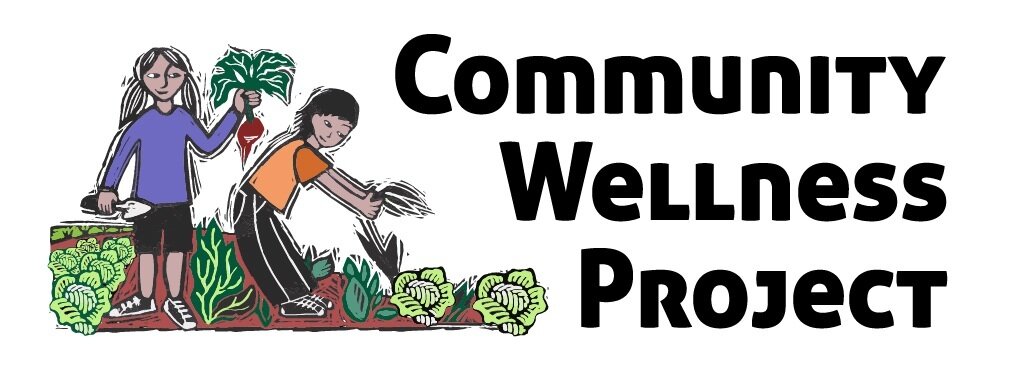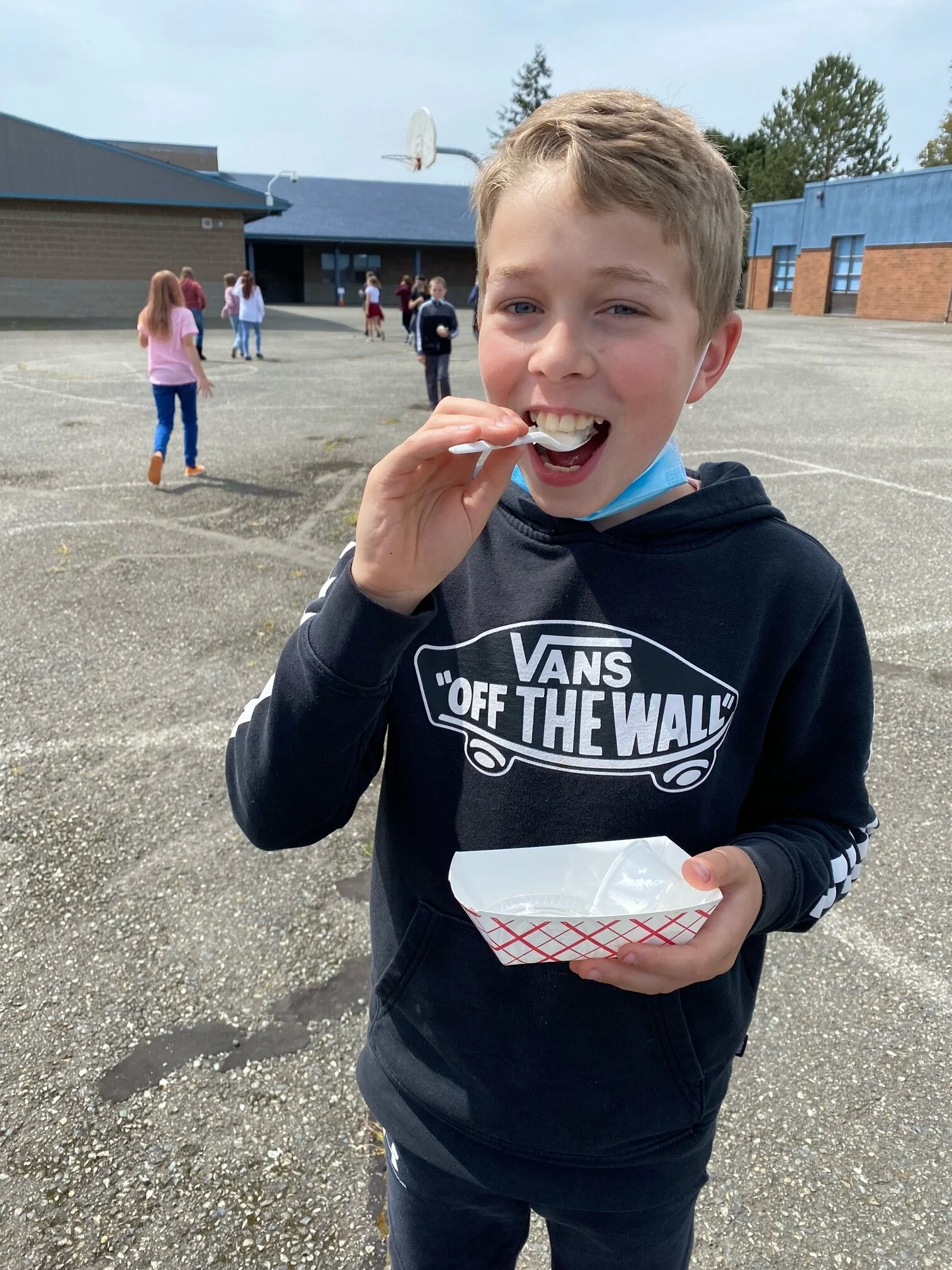Students who get enough to eat are better able to learn and grow. Students who open their minds and palates to fresh whole foods are more likely to establish healthy eating habits that will carry them through life!
As part of Chimacum Schools’ current USDA Farm to School grant, exposing students to new tastes and textures through quarterly taste tests are part of the recipe for success—introducing students to delicious bites, gauging interest in new recipes for the cafeteria, and helping students make connections between the food they eat and the local farms that sustain us.
With the challenges and disruptions of COVID-19, this year’s taste tests have looked a little bit different than originally planned—in the fall and winter, when more students were attending school remotely or in a hybrid schedule, Food Service Director Margaret Garrett developed take-home kits to send home in brown bags with student meals. She then enlisted the help of high school student Sarah Hinds to make a series of videos showing how to assemble the ingredients or prepare the recipe at home. But with the return to a “more normal” schedule this spring, on campus students have had two rounds of in-person taste tests in the past few weeks. The first was a zucchini muffin recipe using zucchini grown at Midori Farm in Quilcene, eggs from One Straw Ranch on Marrowstone Island, and flour from Finnriver Grainery in Chimacum. The second was baguette baked at Pane d’Amore, with chevre from Mystery Bay Farm, and a drizzle of honey from the Sequim Bee Farm. A collection of accompanying Meet Your Farmer videos, produced in partnership with the Community Wellness Project, were shown to students in advance of the taste tests so kids could begin to get a sense of the local food system and the farmers who feed them.
A recent taste test featured a trio of ingredients from local food producers: Pane d’Amore baguettes with Mystery Bay Farm chevre and Sequim Bee Farm honey!
As Chimacum Schools works to source, preserve, and incorporate more local ingredients into school meals, the foods students see in the cafeteria will look and taste a little different. These taste tests will provide a foundation for adventuresome eating that will allow Margaret and her team to introduce more fresh, local, whole foods into the school menu—as well as boost student learning, expand their sense of community, and deepen connection to place.


